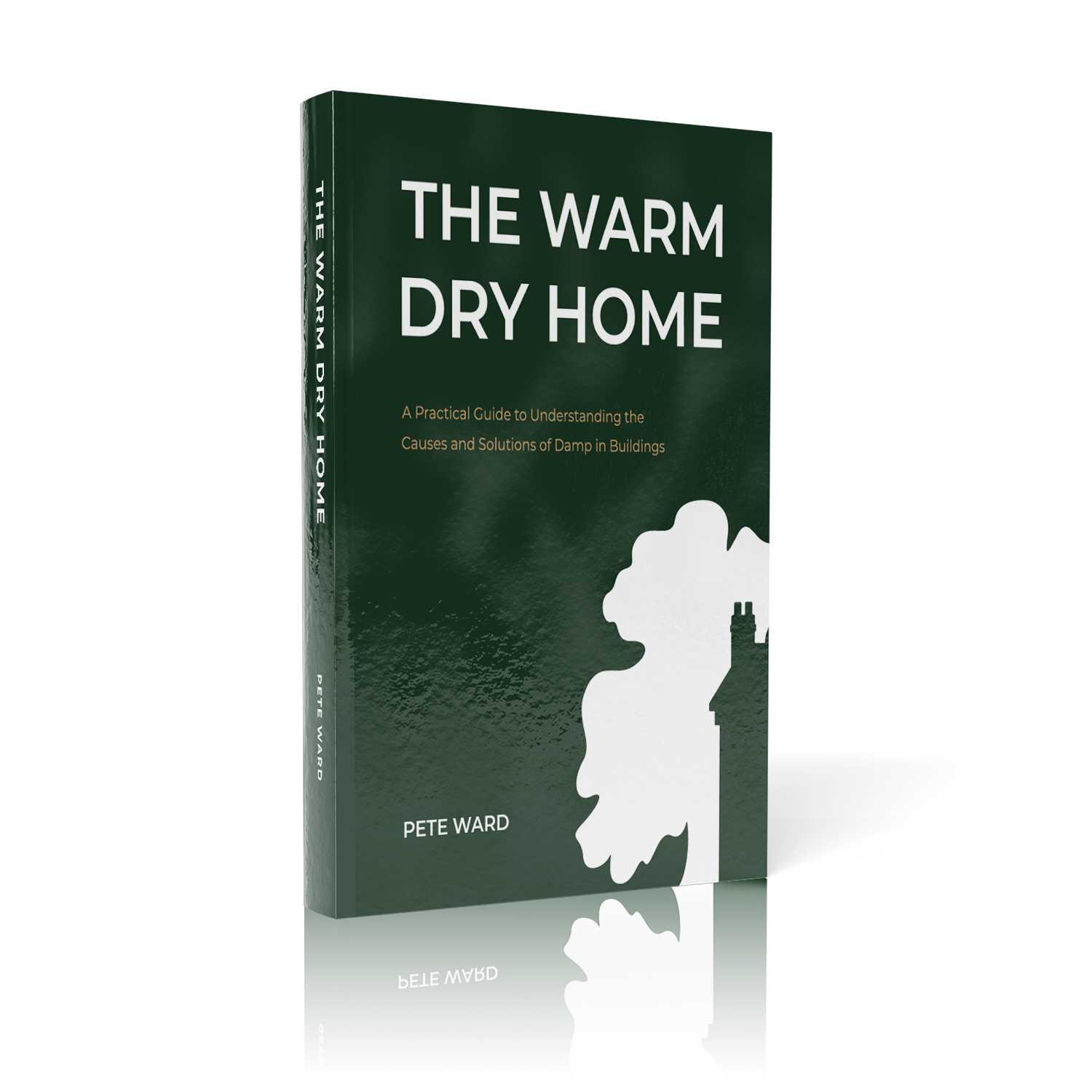Pete recently did an interview on BBC Radio 4 - You and Yours - which investigated a case history of failed cavity wall insulation.
- Home
- Damp and Condensation
- Managing Damp in Old Buildings
- RICS Joint Dampness Methodology Statement
- The Fraud of Rising Damp
- The Moisture or Damp meter - Guilty of Fraud!
- What kind of Damp is it?
- Insulation related Damp Problems
- Solving Damp problems in your Home
- All about the PCA
- Health related problems
- Case Histories
- Damp surveys in London
- How to measure the moisture in your home
- Building Condition Surveys
- How to pick a Building Surveyor for an old building
- Specialist surveys of Listed Buildings
- Surveys of Timber Framed properties
- Timber & Damp Surveys
- Building Condition Surveys
- Homebuyer Surveys
- The scam of RICS Timber and Damp reports
- Flood related problems
- Surveys in London
- Thermal Imaging surveys
- Project Management
- Surveys in Scotland
- A typical clueless RICS Chartered Surveyor
- RICS Home Survey Standard Nov 2019
- Heritage Consulting
- Where we undertake building surveys
- The scam that is the Royal Institute of Chartered Surveyors - RICS
- Knowledge Base
- Cleaning timber and stone
- Consultation Services
- Lime Plastering & Rendering
- Brick and Stone
- Timber Framed Buildings
- Raking & Re-pointing
- Limecrete Floors
- Insulation
- Windows and Glazing
- Renewable Energy
- What Paint to use?
- Maintaining your house
- Roofing
- Planning and Insurance
- Equestrian
- Building materials, health and indoor air quality
- Low impact building
- Radon gas in buildings
- Useful Contacts
- Standards and Technical Documents
- Case Histories
- Shop
- Videos
- Contact


